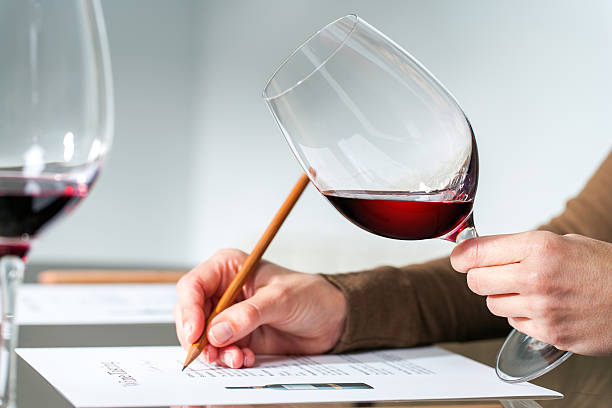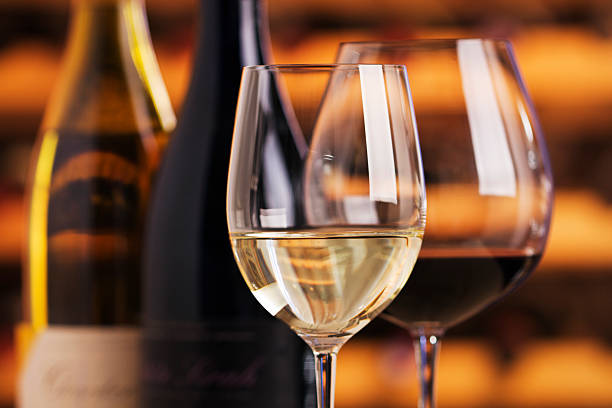In the intricate landscape of tipping etiquette, questions often arise regarding the appropriate amount and when to list. One such query that frequently emerges is whether it’s acceptable to tip based on the pretax amount, particularly when it comes to dining out and, more specifically, when ordering wine. While tipping customs may vary across cultures and establishments, navigating this gray area can sometimes be challenging.
Tipping culture varies widely around the world, with some countries incorporating service charges into the bill while others rely heavily on gratuities. In the United States, tipping is customary and often expected, with the standard practice being to tip between 15% and 20% of the total bill. However, confusion arises when considering whether this percentage should apply to the pre- or post-tax amount.
Traditionally, tipping has been calculated based on the total bill, including taxes. This practice simplifies the process for both patrons and servers, ensuring a consistent standard across transactions. However, some argue that tipping on the pretax amount is more equitable, as it reflects the actual cost of the meal and service provided rather than factoring in government-imposed taxes.
The debate becomes particularly nuanced when alcohol, such as wine, is involved. Wine service adds layer of complexity to tipping etiquette, as it often entails a higher level of expertise and personalized attention from the server. In upscale restaurants, sommeliers or wine stewards may assist patrons in selecting the perfect bottle, offering recommendations based on their preferences and budget.
In these instances, patrons may wonder whether they should tip based on the entire bill, including the cost of the wine, or if they should separate the tip for the food and beverage portions. While there is no definitive answer, many experts suggest tipping on the total bill, as it acknowledges the overall service experience, including the wine service.
However, patrons should feel empowered to use their discretion when assessing the quality of the service received. Suppose the wine service significantly enhances the dining experience or requires exceptional expertise. In that case, patrons may choose to express their appreciation through a more generous tip specifically designated for the sommelier or wine steward.
Furthermore, it’s essential to consider the restaurant’s policies and practices regarding tipping. Some establishments may include a service charge or automatically add a gratuity to the bill for larger parties. In such cases, patrons should review the bill carefully to avoid double-tipping and adjust their gratuity accordingly.
Additionally, patrons should be mindful of local customs and norms when dining in foreign countries or regions with different tipping practices. While tipping may be customary in some cultures, it may be considered offensive or unnecessary in others. Researching tipping customs beforehand can help avoid awkward situations and ensure respectful interactions with service staff.
Ultimately, the most important aspect of tipping etiquette is showing appreciation for the service provided. Tipping should not be viewed as an obligation but rather as a gesture of gratitude for attentive and exceptional service. While the pretax versus post-tax debate may persist, the overarching principle remains the same: tip according to the quality of the service and your level of satisfaction.
Navigating tipping etiquette, particularly concerning the pretax amount, can be a complex endeavor, especially when wine service is involved. While traditional customs may dictate tipping based on the total bill, patrons should feel empowered to use their discretion and consider factors such as the quality of service and local customs. Ultimately, the goal should be to express gratitude and appreciation for the dining experience, whether through a standard gratuity or a more personalized acknowledgment of exceptional service. By understanding and respecting tipping etiquette, patrons can contribute to a positive and respectful dining environment for both customers and service staff alike.




